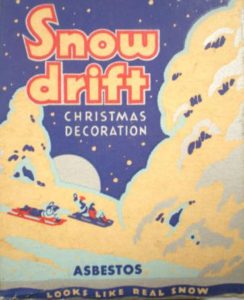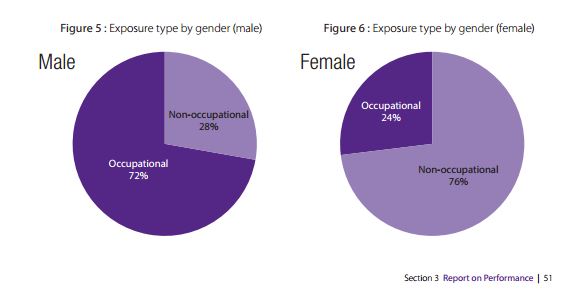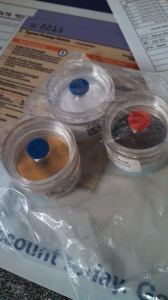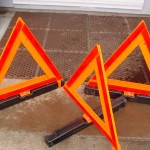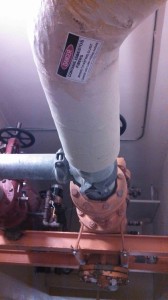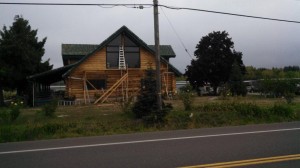Mon 13 Jun 2016
Asbestos settlement – a new precedent?
Posted by admin under AIHA, Air Monitoring, Asbestos, Carcinogen, Ethics, Exposure, Federal OSHA, Hazard Communication, industrial hygienist, OSHA, PEL (Perm Exp Limit), Personal Protective Equip (PPE), Respirators, Training
Comments Off on Asbestos settlement – a new precedent?
I was recently forwarded an article on a gentleman who won a large sum of money ($8.75 million) for an asbestos related disease. There are many people getting these types of settlements for similar exposures.
However, what is interesting, is the attorneys argued the company knew about asbestos in 1965, but the exposure occurred in the 1970’s. Keep in mind, the asbestos rules at OSHA didn’t come out until the 1970s as well. So, exposure occurred before the regulations were in effect.
So, they knew of the airborne hazard, but continued to exposure workers before there was a rule. Does this sound like any modern day issue?  –hint– silica?!
Nowadays with the public being uber-aware of “potential” airborne hazards (mold?), with information so readily available, with OSHA rules outdated (annotated Z1 tables), and others publishing health standards like ACGIH,….the lesson is: protect your employees.
IÂ don’t think we should be arguing about the OSHAÂ rules. Let’s use available information and science. “More Than Just A Number” (article published by AIHA, May 24, 2016).
